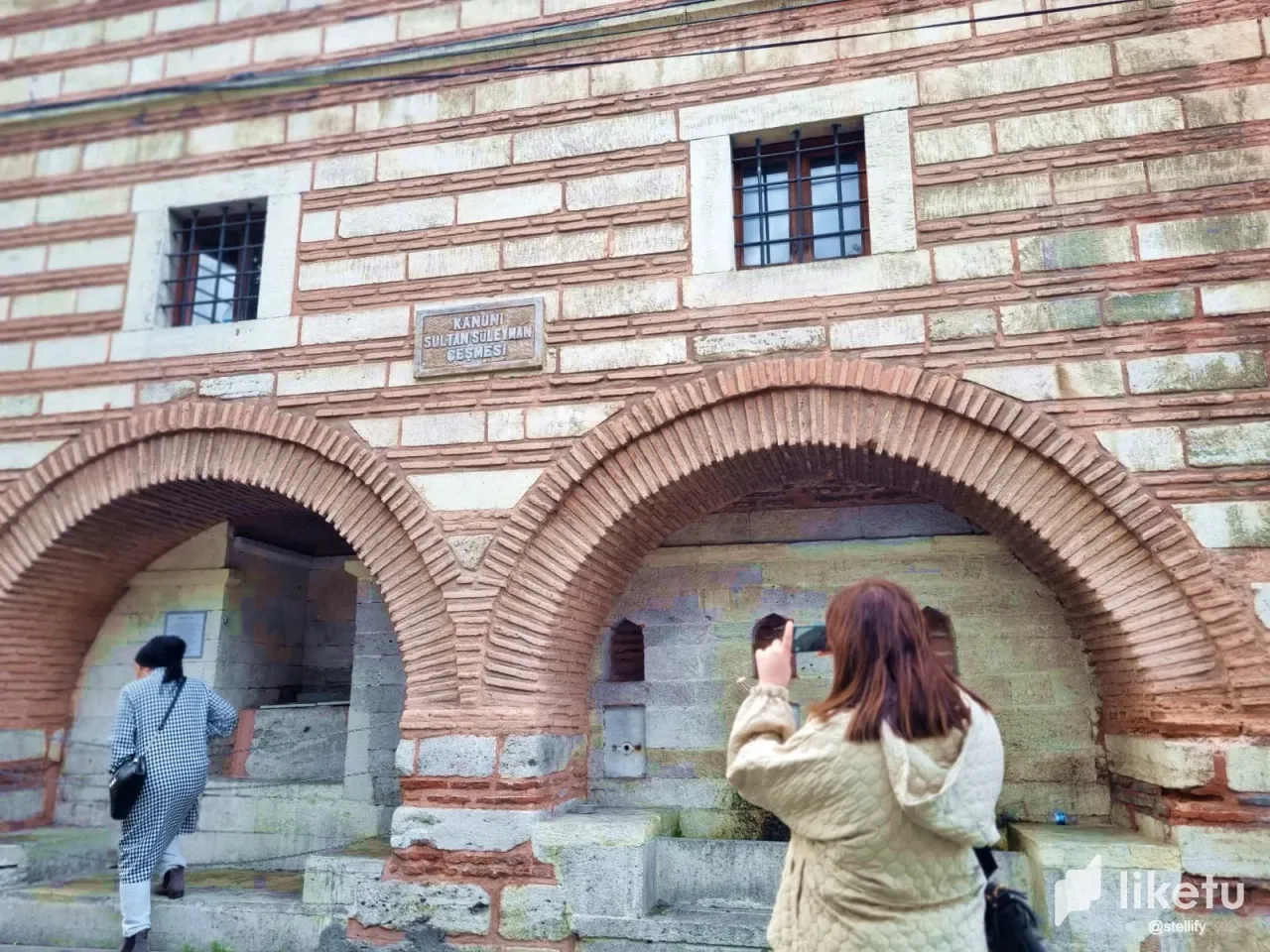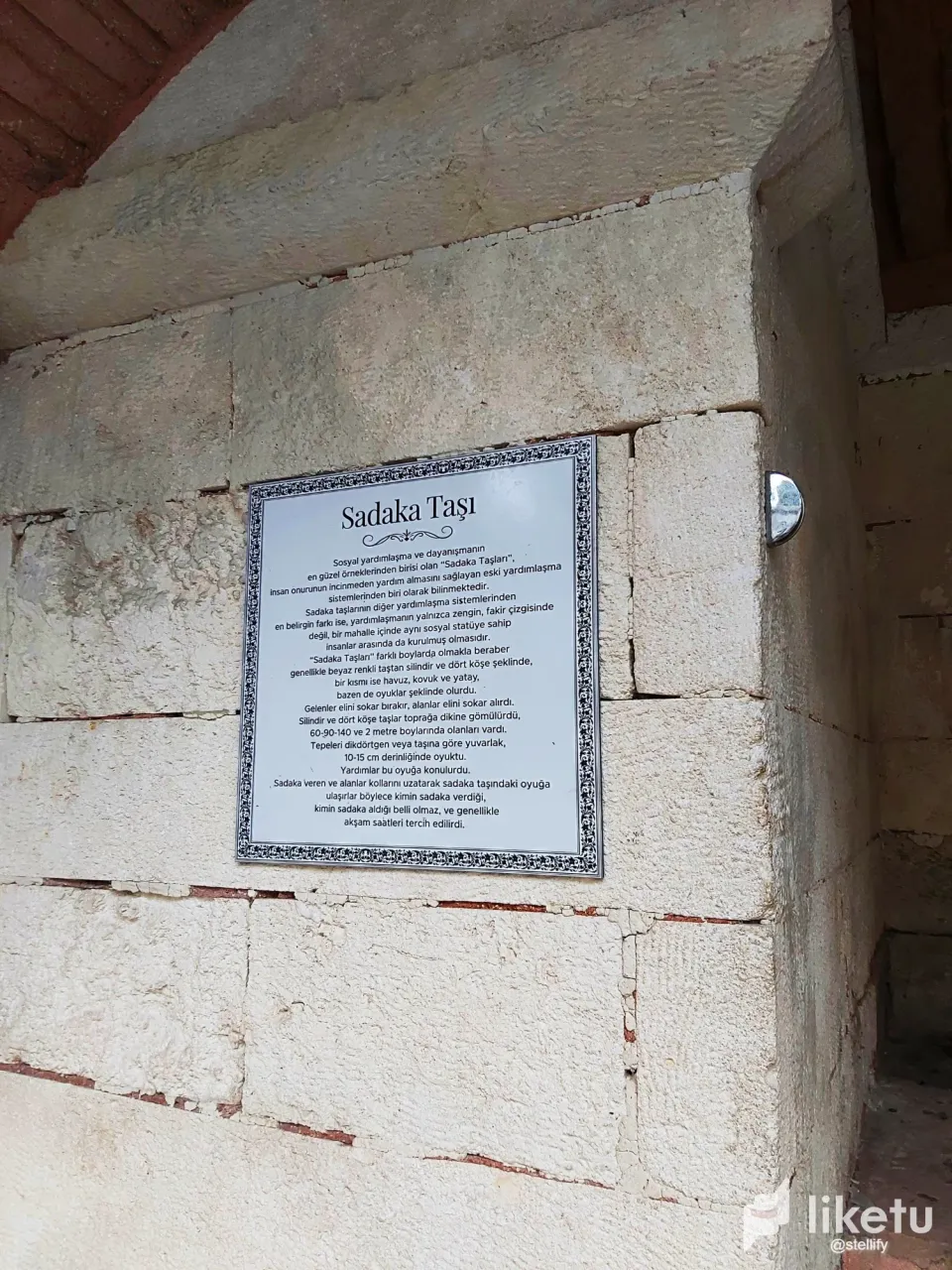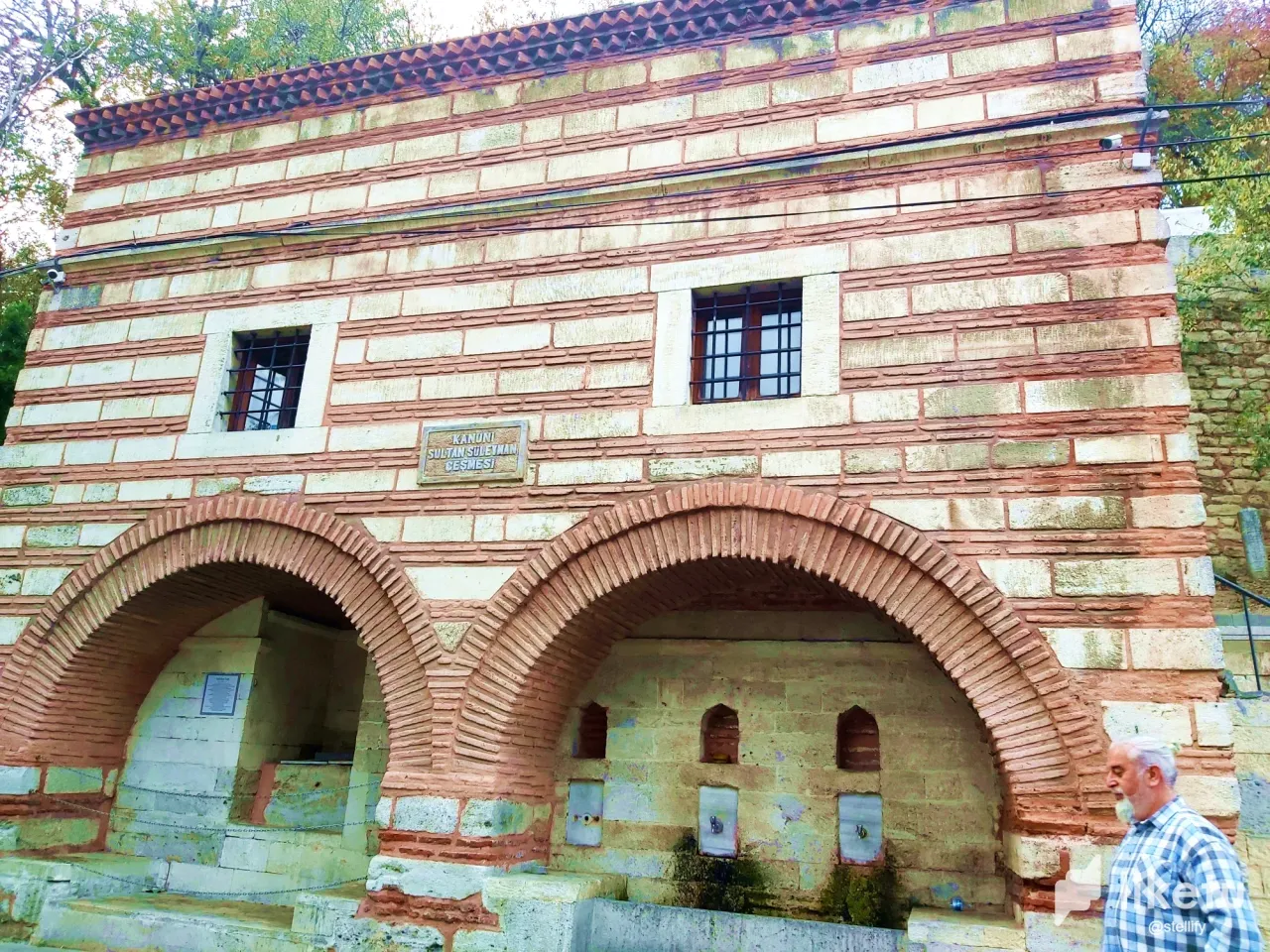




Hello.
As you know, I traveled to Istanbul the other day. There, we stopped by Eyüp district, which I love most and where I feel good spiritually. Before meeting with friends, I went early and started walking there. Exploring alone is one of my favorite things. While I was wandering that day, I came across a historical building. Solidarity in our country is something we have always given importance to. Maybe people have changed today, but in the old days this was very important to us. Especially in the Ottoman period, this situation was very sensitive. In this article, I would like to talk about how helping each other was done at that time. Due to our belief, we do not offend the other party while helping, and we do not let anyone know that we are helping. In fact, this is what should always be. During the Ottoman period, they handled this situation with a method called Charity Stone.
They built a structure called Charity Stone, especially around the holy places and in the quietest areas on the streets. Structures that are sized for people to reach easily and that have hollows in them are generally placed in remote corners. If the citizen, who was in good financial condition at that time, wanted to help someone, he left supplies on that stone and left. The person who has no financial situation comes to the Charity Stone and takes the food put there. Sometimes money was put in this place instead of food. In this way, the person in need of help would not feel embarrassed or offended by those around him. Therefore, helping each other was usually done at night. Also, if the needy person found more than he needed in that stone, he would never touch it.Thus, the remaining money goes to another poor person.
I was very young and very emotional when I learned this. This move shows how thoughtful our ancestors actually thought. Although these structures are decreasing, it is possible to come across historical places of worship in Istanbul. When you put your hand on the charity stone, the people around you would not understand whether you were the one who left or received the money. So that no one would be offended. What a thoughtful method, right? It is very sad not to come across these kind thoughts now. Put aside the cooperation, people can't see each other anymore, they can't stand. Sometimes I don't think about where we are going. This greed, this callousness is too much for me. As I see the beautiful things that happened in this historical period, I wish I had lived then.
I will end my article by giving you this historical beautiful detail. Take care until we meet again.
love.
Note;
Those written in the information sheet above;
MOVE ALLOWANCE
"Alms Stones", one of the best examples of social assistance and solidarity, is known as one of the ancient systems of assistance that allows human dignity to receive help without being hurt. The most distinctive difference of charity stones from other solidarity systems is that it is established not only on the lines of rich and poor, but also between people with the same social status in a neighborhood. Although the "charity stones" were in different sizes, they were usually in the form of cylinders and four corners of white colored stone, and some of them were in the form of pools, hollows and horizontal, sometimes cavities. Those who came would sting and leave, those who received would sting and take away. Cylindrical and square stones were buried vertically in the ground, there were 60 90 140 and 2 meter tall ones. Their tops were rectangular or round according to the stone, and they were hollows 10-15 cm deep. Aid was placed in this hole. Those who give and receive alms reach the hollow in the alms stone by extending their arms, so it is not clear who gave alms and who received alms, and evening hours were generally preferred.